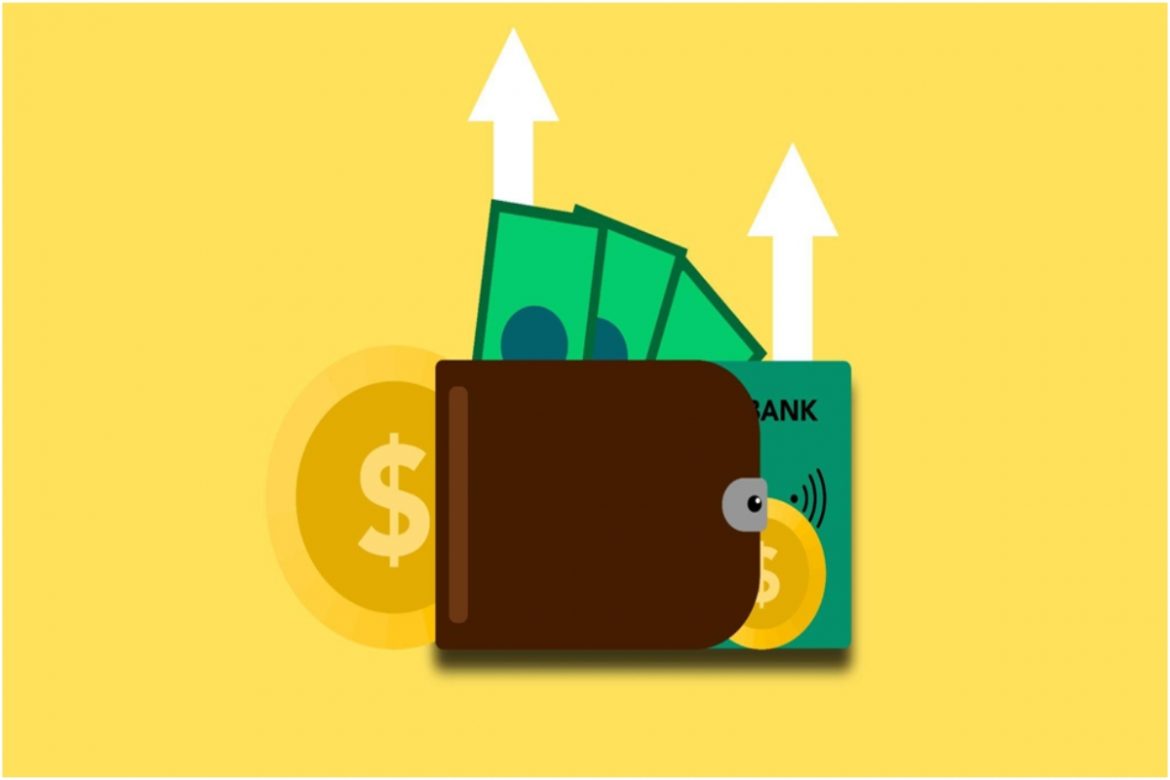Cases of cyberattacks have become more widespread nowadays. In the U.S., there have been 1,291 data breaches reported in Q3 of 2021. The number of cases rose to 17% if you compare it to 2020’s cases of 1,108 breaches.
When it comes to your digital assets, you can never be too cautious. Cryptocurrencies have no centralized authority to overlook your funds’ security, so you’re responsible for keeping your cryptos safe. There are plenty of instances where your funds can face danger. For one, your digital currency wallet can get hacked. Another situation is that your computer can get infiltrated by a virus designed to steal cryptos.
If you don’t know how to protect your funds, you can get paranoid about the safety of your digital currencies. In this article, we’ll list some tips on how you can add an extra layer of protection to your digital coin wallets.
Table of Contents
How to Secure Your Digital Currency?
Since digital currency transactions are done electronically, they are susceptible to cyberattacks. Your first line of defense against these threats is choosing a secure crypto wallet. Aside from this, here are more ways you can ensure the security of your cryptocurrencies.
1. Understand the Different Types of Digital Currency Wallets
A crypto wallet is a digital wallet that allows you to store, manage, and track your cryptocurrencies. There are many kinds of digital currency wallets:
- Hot wallets – Wallets that run on internet-connected devices like tablets, computers, and phones. While this type of wallet is very convenient, it’s vulnerable to threats because your private keys are generated through a device that’s connected to the internet.
- Cold wallets – Also known as hardware wallets, cold wallets store your private keys offline. They’re unaffected by viruses since they’re not connected to any network. An example of this type of wallet is a USB drive device.
- Non-custodial wallets – With this type of wallet service, you’re responsible for securing your private keys and cryptocurrencies. If you’d like to work with non-custodial wallets, it’s best to have a backup wallet, like a cold wallet, in case you lose your keys.
- Custodial wallets – A third party, usually an exchange, is in charge of keeping your private keys. How does it work? When you buy crypto through an exchange, they own the private keys and hold the currency in their wallet. You don’t need to worry about storing and forgetting your keys with this system.
You must choose a wallet that fits your trading and storage needs. Additionally, your digital wallet provider should also be reliable, so make sure you do your research before entrusting your funds to your chosen crypto partner.
2. Set up Multi-Factor Authentication
Protect your crypto wallet with multi-factor authentication. If you’re using an exchange, set up the two-factor authentication to add another security barrier to your account. With this authentication process, everyone accessing your account will get verified before signing in and sending or withdrawing funds. If someone else tries to access your wallet, the platform will notify you.
3. Make Use of the Multi-Signature Feature
Wallets with a multi-signature feature are best for accounts with large amounts of crypto. In using this feature, three to five authorized users need to digitally sign and approve the transaction before someone accesses the wallet, withdraws bitcoins, or sends funds to another address. Since permissions go through multiple users, hackers can have a hard time infiltrating your wallet.
4. Don’t Share your Private Key/Seed Phrase
Your private key/seed phrase should be confidential just like your bank PIN. If someone knows this sensitive information, you’re potentially exposing your financial data. One of the best ways to keep your private key/seed phrase secret is by storing them offline. You can write it on paper and put it away safely or use cold wallets.
5. Regularly Update your Software
Failing to update your crypto software can invite hackers into your wallet. An updated software has the latest security fixes and feature improvements, so it’s best to get your hands on it as soon as you can. Although automatic updates can help you not to worry about remembering when to update, you need to be ready for them as these updates can catch you when you’re in the middle of a transaction.
You should be aware when the new version of your software comes out so that you can check the added features, manually install the updates, and minimize interruptions. However, before you update your software, it would help if you waited for a few days. This ensures there aren’t any bugs that can affect your data.
Protect Your Crypto from Outside Threats
Understanding your digital coin wallet and securing your private keys are some of the excellent ways you can be on guard against potential cyberattacks. Ransomware threats are always evolving, so it’s vital to be informed of the latest security measures. By following the tips above, you’ll be able to keep your wallet difficult to access and achieve financial freedom.


